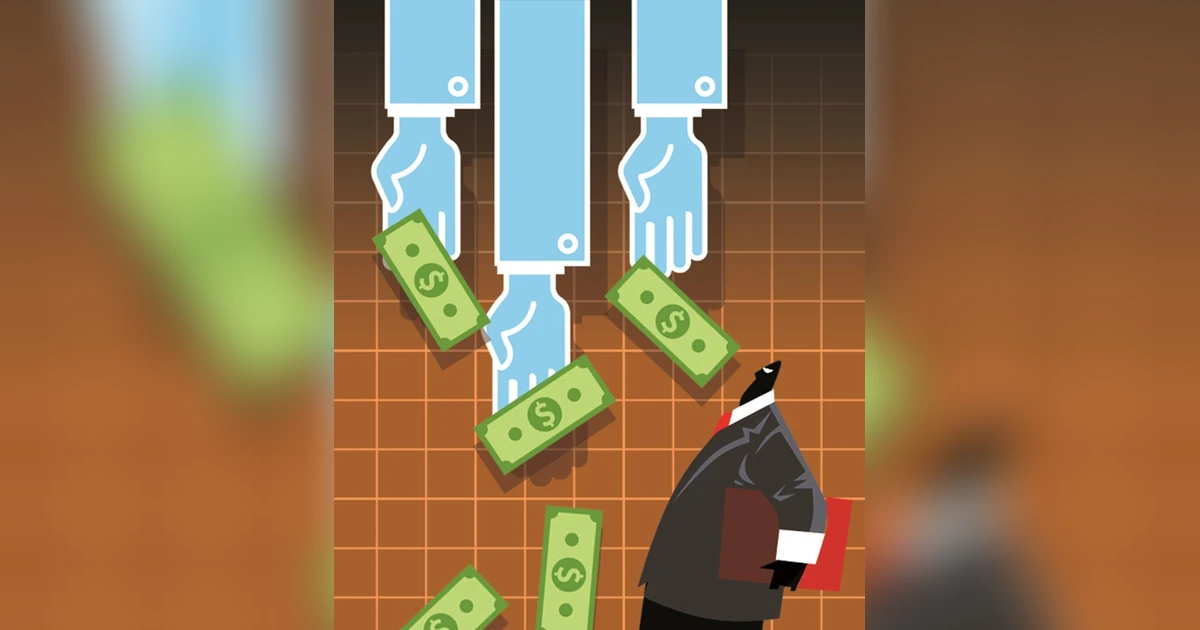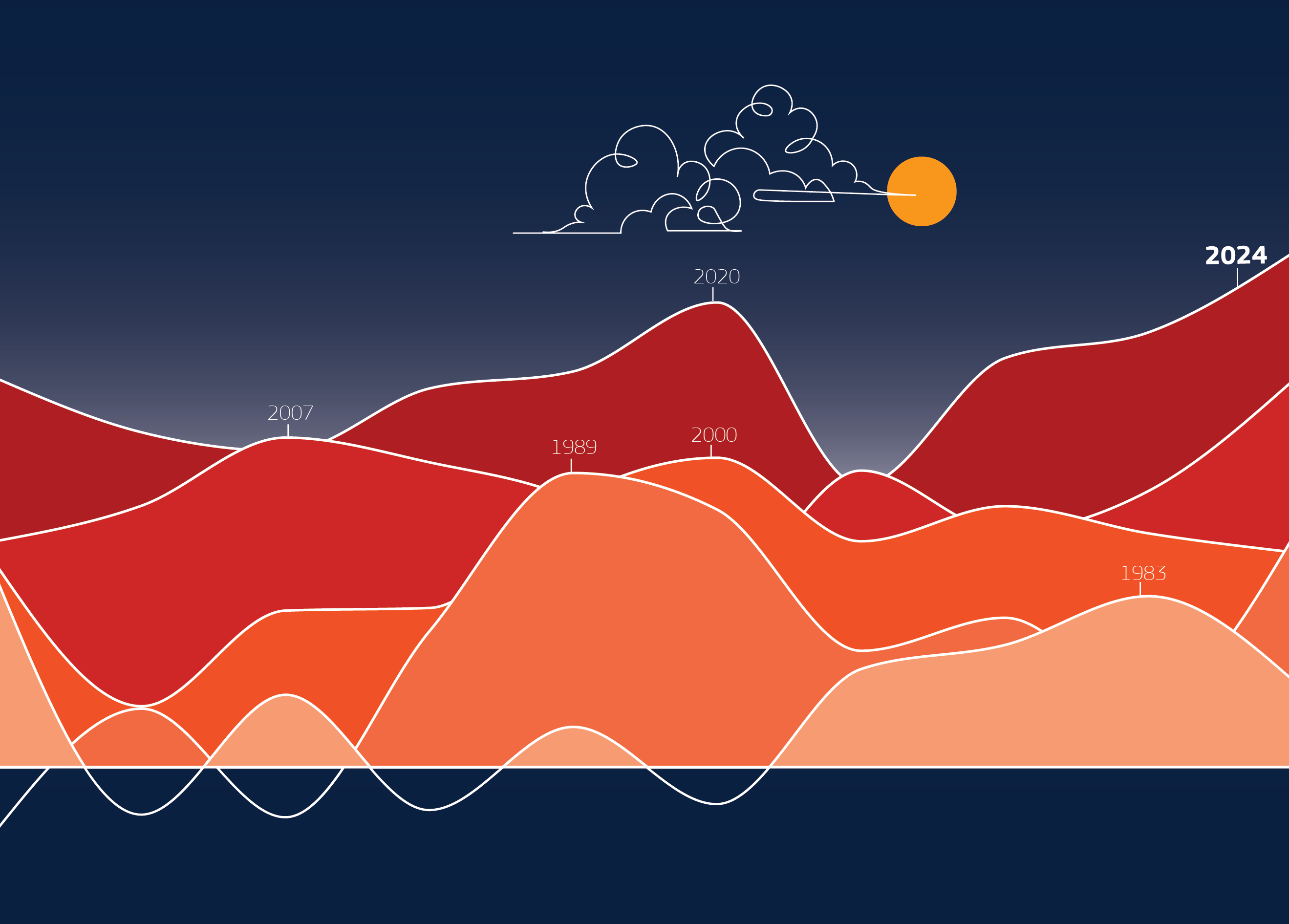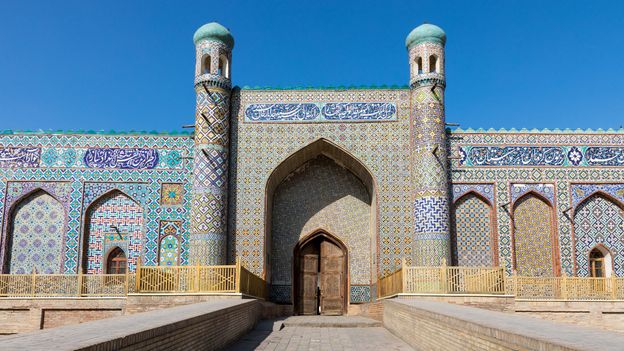- Arvind's Newsletter
- Posts
- Arvind's Newsletter
Arvind's Newsletter
Issue No. #1149
1.India’s Net FDI slumps 98% to $40 million in May 2025 as outward flows accelerate: Business Standard
Net FDI in India which is the difference between gross inflows and outflows -declined sharply by 98.2 per cent to $40 million in May 2025 from $2.2 billion in May 2024, on higher repatriation/divestment and outward investments from the country. For May 2025, repatriation\divestment stood at $5 billion, up from $4.1 bn in May 2024. In May 2025, outward FDI was $2.1 bn, higher than $1.8 bn in May 2024.
According to the State of the Economy article in the RBI bulletin (July 2025), Singapore, Mauritius, the UAE and the US together accounted for more than three-fourths of total FDI inflows in May 2025, with manufacturing, financial and computer services being the top recipient sectors.
2.Titan’s Mia doubles down on expansion as shoppers go light on gold: Mint
With gold prices skyrocketing, Titan Ltd's lightweight jewellery brand is looking to strike gold of its own. The 14-karat gold and studded (diamond) jewellery brand aims to open 75 stores this fiscal year and scale it to 350 over the next two to three years, driven by the demand for lower-karat jewellery options.
“The pace at which Mia is growing, especially in the last two or three years, is like 60-70 stores a year, and even this year, we are aiming for 75," Ajoy Chawla, CEO, jewellery division, Titan Ltd, said in an interview.
Mia is currently Titan’s fastest-growing brand in both volume and value within its jewellery division, which includes Tanisq, Caratlane and Zoya.
3.Astrology Is So Big in India That Venture Capital Is Jumping in: Bloomberg
“India’s total astrology market is estimated to be worth more than $7 billion, and the digital segment alone is expected to grow tenfold by March 2030, according to Bengaluru-based Redseer Strategy Consultants last year.
India’s stock exchanges have long set aside a 60-minute trading session at Diwali festivities each year that’s aligned with the cosmos and believed to usher in good fortune. But astrology-based trading is practiced year-round by many.
Financial news channels like CNBC Awaaz and ET Now have invited astrologers to comment on market moods through a celestial lens — with guidance based on planetary alignments rather than stock-specific tips. Celebrity diviner Chirag Daruwalla, for example, has predicted bullish returns for energy and defense stocks for July, citing auspicious moves between Venus and Saturn.
Beyond finance, online platforms offering astrological advice are thriving. Among the most prominent is Astrotalk. The app processes more than 5 million paid consultations a month and generated more than 22,000 rupees ($250) in revenue per minute last year, according to its founder Puneet Gupta.
Gupta, a former software developer who launched Astrotalk in 2017, is now in talks to bring the firm for an initial public offering within the next two years. The platform hosts more than 30,000 astrologers across more than two dozen countries, and Gupta says revenue is growing in India and beyond.
About 84% of Astrotalk’s 70 million users are under 35 years of age, and for many checking horoscopes and booking consultations is as routine as scrolling social media. The question most frequently posed to the platform? “When will my ex come back?”
Some sites are now using AI to parse through astrological data and provide consultations. AstroSage AI, which created an algorithm-powered platform called Bhrigoo.ai in 2018, is testing 30 AI avatars while supporting a network of thousands of human practitioners.
4.Thailand-Cambodia Border Dispute could “move toward war”: New York Times and others
Clashes between Thai and Cambodian troops erupted yesterday, escalating a longstanding border dispute that has left at least 11 dead, including an 8-year-old boy, and wounded several others. Fighting began near disputed ancient temple sites like Ta Moan Thom and Preah Vihear, involving artillery, rocket fire, and at least one F-16 jet. Both nations closed border crossings and blamed each other for initiating the violence.
At least 16 people have died, while 100,000 have been displaced. The border has been contentious for decades, but tensions grew recently after Cambodian leader Hun Sen leaked a call with Thai Prime Minister Paetongtarn Shinawatra, in which Shinawatra called the former “uncle.”
The Shinawatra family is powerful — four members have been Thai leaders — and has a longstanding relationship with Hun Sen. Opponents have accused them of putting Cambodia’s interests above Thailand. Why Hun Sen “decided to burn this friendship” is a mystery, the BBC reported, but it has inflamed tensions and driven up the risk of a war in Southeast Asia.
The border dispute dates back over a century to when France—which occupied Cambodia from 1863 to 1953—mapped the 508-mile border mostly along a natural watershed. However, the map placed Preah Vihear—which lies on the Thai side of the watershed—in Cambodia. Thailand accepted this map until the 1930s, when it conducted its own land survey of the watershed, eventually contesting the map to the International Court of Justice. In 1962, the court ruled the temple belonged to Cambodia.
Europe’s Air Conditioning dilemma
Longer, harsher summer heat waves are softening Europe’s resistance to air conditioning. Many Europeans have long regarded AC as a luxury, but higher temperatures before the August break exposed vulnerabilities across the continent: Heat waves contributed to 1,100 deaths from mid-May to mid-July, up 10 times from the same period last year. Only 10% of European homes have air conditioning as against 91% in Japan, 90% in USA, and 60% in China (In India it is 5% ).
Meanwhile more than 1,000 French schools were forced to close at least partially. Some in Europe — the fastest-warming continent — remain skeptical, worried about the cost of electricity bills and the toll on the environment, but others want to move forward: “We must move away from this poverty mindset on reducing energy usage,” a British MP told The Wall Street Journal.
6.Internet age checks are coming: Wired and Others
Starting today UK adults will have to prove their age to access porn online. Experts warn that a global wave of age-check laws threatens to chill speech and ultimately harm children and adults alike.
Under sweeping new online child safety laws coming into force, self-reporting checkboxes that allow anyone to claim adulthood on porn websites will be replaced by age-estimating face scans, ID document uploads, credit card checks, and more. Some of the biggest porn websites—including Pornhub and YouPorn—have said that they will comply with the new rules. And social media sites like BlueSky, Reddit, Discord, Grindr, and X are introducing UK age checks to block children from seeing harmful content.
Regulators said they would assess their effectiveness from next week. Campaigners warned of privacy issues, although an age-verification company told the BBC that the firms which will provide these services don’t retain data or know what users have accessed. Not everyone is reassured: Google searches for “VPN,” “virtual private networks” which hide a user’s location, more than doubled overnight.
7.The rise of lab-grown gems has devastated the diamond industry: Financial Times
“It takes the Earth more than a billion years to forge a diamond. Feng Canjun can grow one in the space of a week.
“We can mass-produce diamonds,” Feng says, proudly pointing to the rows of machines. He has another two factories working around the clock. “Currently, I produce about 100,000 carats a month,” he adds.
Over 70 per cent of the world’s lab-grown diamonds for jewellery — many destined for the ring fingers of newly engaged couples — originate in a Chinese factory, with Henan at the centre of the synthetic trade.
For the natural diamond industry, Feng’s factories and others like them have been devastating. The explosion of lab-grown diamonds on the international jewellery market has coincided with a slump in demand, sending the price of smaller natural diamonds to their lowest levels in a decade.
Marty Hurwitz, head of the Grown Diamond Trade Organisation, says lab-grown diamonds have “been a massive disruption. People in the industry at first didn’t believe it and, second, couldn’t accept it. “This has been the first competitive product that mined diamonds have ever faced.”
Lab-grown diamonds first emerged in jewellery more than a decade ago. While the technology to produce diamonds has been well understood since the 1950s, recent advances have made it cheaper to grow perfect diamonds suitable for jewellery — which are chemically identical to natural diamonds.
Today, a three-carat lab-grown stone sells for just 7 per cent of the price of a mined equivalent, according to analyst Paul Zimnisky. Lab-grown diamonds have captured 17 per cent of the US retail market by volume, up from just 3 per cent in 2020, according to data from Tenoris, a consultancy.
8.Why do people sleep? A new study points to the brain: The Economist
IT IS HARD to overstate the importance of sleep. Regular hours of rest offer organisms of all sizes a chance to consolidate memories, repair cells and boost the health of their immune systems. But the source of the urge to sleep, known to scientists as sleep pressure (and everyone else as tiredness), has remained elusive.
Many theories have been put forward. One pins the blame on the build-up of a brain chemical called adenosine. Another points the finger at the brain’s need to build synaptic connections. A study published in Nature on July 16th offers the strongest evidence yet that the urge to sleep is caused by a build-up of electrons in the mitochondria of certain brain cells. If true, sleep may have originally emerged as a way of repairing mitochondria, with its other benefits evolving later.
Mitochondria, which can be found in almost all human and animal cells, supply energy by stripping electrons from fuel molecules derived from food. But some electrons leak out of the mitochondria while this takes place, reacting with oxygen to produce toxic by-products that can damage the mitochondria, as well as other parts of the cell, if they build up.
The new study suggests that when too much mitochondrial damage is detected in brain cells known as sleep-control neurons, they trigger sleep. These neurons act like circuit-breakers, says Gero Miesenböck at Oxford University, one of the paper’s lead authors, tripping the brain into sleep before too many electrons build up. Sleep simultaneously restores the balance of electrons and allows the mitochondrial damage to be repaired.
To reach their conclusions, the scientists conducted a series of experiments on fruit flies. They started by labelling the sleep-control neurons in the flies’ brains, known as dorsal fan-shaped body neurons (dFBNs), with a genetically engineered protein that made them glow green. They then disrupted the flies’ natural sleep cycles by placing them on a platform that was kept in constant motion for 12 hours.
When the fluorescent dFBNs were subsequently viewed under a microscope, the mitochondria within were found to have split apart, a sign of electron-related damage. After a period of sleep, however, they had fused back together.
This suggested that mitochondrial damage might drive the urge to sleep. To determine if the relationship was causal, the scientists then manipulated the balance of electrons in the mitochondria in several other ways.
Ivana Rosenzweig, a specialist in the neuroscience of sleep at King’s College London who was not involved in the study, says that the findings represent a significant conceptual shift. Although electron imbalance in mitochondria had been suspected to correlate with a lack of sleep, she believes this study provides evidence that it may be the cause of sleep pressure.
9.The fertile Silk Road valley few travellers know: Avantika Chaturvedi in BBC
“In recent years, Uzbekistan has embarked on an ambitious nationwide tourism boom that is transforming much of the country. But its beating heart is in a stunning and largely secluded valley.
Cradled between the Tien Shan and Alay mountain ranges, the Fergana Valley stretches across eastern Uzbekistan, southern Kyrgyzstan and northern Tajikistan. It is one of Central Asia's most fertile regions; this lush intermountain basin, irrigated by the Naryn and Kara Darya rivers, has nurtured both crops and culture for centuries. It is also the birthplace of Uzbekistan's celebrated silk, ceramic and fruit production – a veritable holy trinity that forms the backbone of Uzbek culture.
Like much of modern-day Uzbekistan, the Fergana Valley lay along the fabled Silk Road, serving as a conduit for trade, ideas and artistry between China, Persia and the Mediterranean for centuries. In recent years, Uzbekistan has been leaning into its Silk Road roots with an ambitious new tourism drive that is seeing its historical trading hubs of Samarkand, Bukhara and Khiva developing at breakneck speeds.
36 Hours in Reykjavik: New York Times
I was Reykjavik and Iceland in June and would recommend a visit to this unusual country, very European but also not in its landscape and topography. This is gift article from the New York Times from its Travel series “36 hours in …..”












